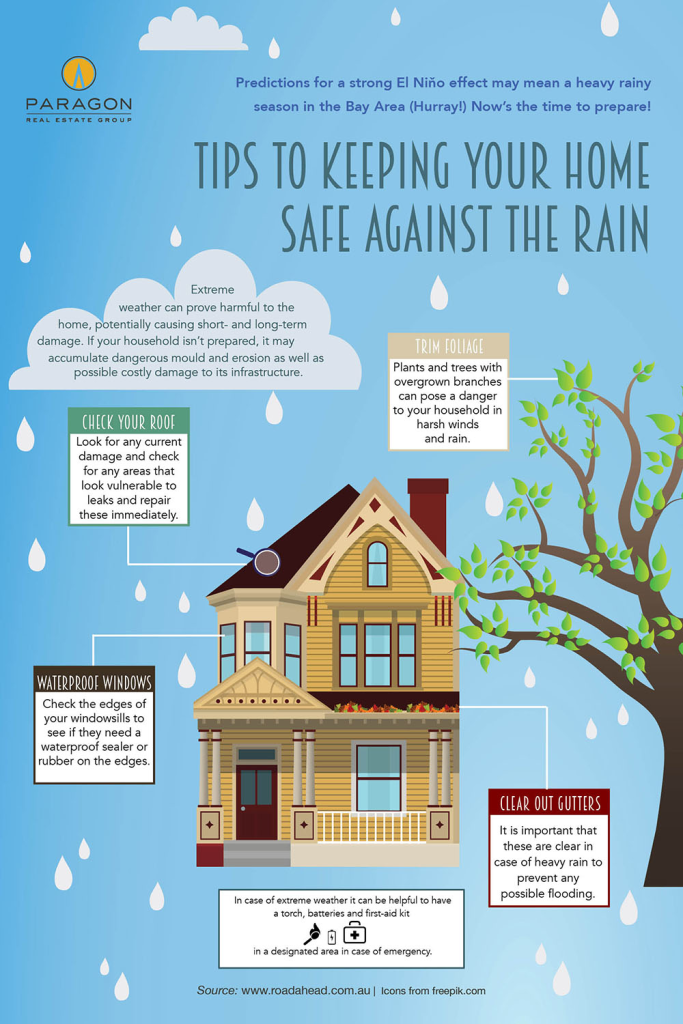Identifying Roofing Damage Early To Stop Significant Concerns
Identifying Roofing Damage Early To Stop Significant Concerns
Blog Article
Content Composed By-Schneider Davies
To secure your home from possible pricey fixings, recognizing roof covering damage early is crucial. By keeping an eye out for refined signs like missing roof shingles or water stains, you can catch concerns before they aggravate. However what about those often overlooked locations that could hint at covert issues lurking above you? Stay tuned to discover vital ideas for detecting roof damage before it rises right into a major migraine.
Early Warning Signs
Finding roofing damage early can save you time and money. One key very early indication to watch out for is missing or damaged shingles. If you discover any type of tiles that are broken, curling, or completely missing, it's vital to attend to the concern immediately. These damaged shingles can leave your roof susceptible to leakages and further damages.
Another indication to search for is water discolorations on your ceiling or wall surfaces. These discolorations can suggest a leak in your roof covering that requires instant focus. Disregarding these water discolorations can lead to more considerable and expensive repairs down the line.
Furthermore, watch for any type of signs of drooping or sagging areas on your roofing, as this might indicate structural damage that needs to be taken care of immediately.
Outside Inspection Tips
Consistently examining the exterior of your roofing system is essential for keeping its integrity and determining potential damage early. Begin by taking a look at the shingles-- try to find any kind of missing, split, or crinkling shingles, as these can be indications of roofing system damages.
Examine the rain gutters for granules from the roof shingles, as excessive granule loss may signify aging or weathering. Take note of the blinking around vents, smokeshafts, and skylights, ensuring they're tightly secured and without cracks.
Seek indicators of moss, algae, or mold growth, as these can bring about roofing damage otherwise attended to immediately. In addition, inspect the fascia and soffits for any type of water spots or rot, which could signify water damage.
Last but not least, evaluate the general condition of your roof from the ground, trying to find any type of drooping locations or recognizable dips. By carrying out http://realestate.boston.com/home-improvement/2017/07/26/tips-for-locating-the-source-of-a-roof-leak/ , you can catch roofing damage early and prevent it from developing into a major problem.
Inside Warning
When checking your roof covering for potential damages, do not forget the importance of inspecting the inside of your home. Interior red flags can frequently be early indicators of roofing problems that require focus.
Beginning by examining your ceilings for any type of water stains or discoloration, as these could signal a leak in the roofing. An additional vital location to check is the attic room, where signs of water damages, mold, or mold might show a roofing problem.
Pay close attention to any type of stuffy smells or a noticeable increase in moisture degrees, as these can likewise be signs of water invasion from a harmed roofing. In addition, drooping areas in the ceiling or wall surfaces ought to be taken seriously, as they could be a result of water damage weakening the structure.
If skyroofingconstructiontx.com" observe any one of these interior red flags, it's essential to have a specialist roofer evaluate the situation promptly to prevent more damage and costly repairs.
Final thought
By staying vigilant and on a regular basis looking for early indication of roofing damage, you can stop small issues from turning into major issues. Watch out for missing or harmed roof shingles, water discolorations on ceilings or walls, and any type of sagging or drooping locations on the roof. By addressing these problems without delay, you can save on your own from costly fixings and ensure your roofing remains in good condition for several years ahead. Keep proactive and shield your home from possible damage.
